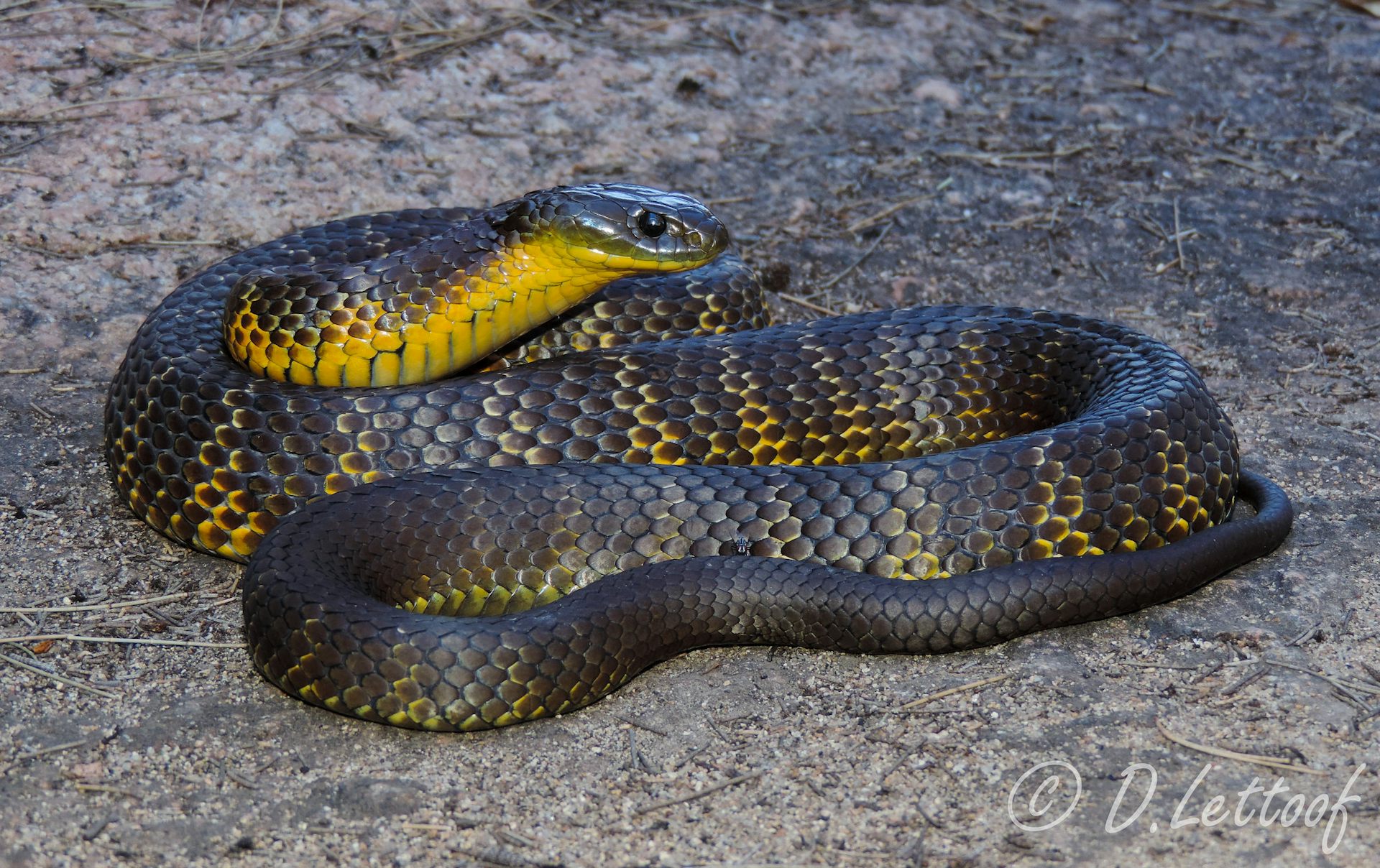Introduction
Tiger snakes are amongst the most widely known and been afraid reptiles in Australia, commonly identified for their striking look and potent poison. This post intends to delve into the ins and outs of the tiger snake's habitat, distribution, behavior, and what one can anticipate when encountering these interesting creatures. By recognizing where to find them and how to browse possible risks, you can appreciate their role in the ecological community while guaranteeing your security.
Tiger Snake Environment: Where to Locate Them and What to Expect
Tiger serpents are primarily discovered in southeastern Australia, consisting of Tasmania, where they thrive in a variety of settings. Their versatility allows them to occupy varied surfaces such as seaside areas, wetlands, meadows, and also urban areas.
Geographical Circulation of Tiger Snakes
The geographical reach of tiger serpents expands across numerous Australian states. They are especially usual in:

- Tasmania: The Tasmanian tiger serpent is among one of the most identified subspecies. Victoria: Found near water bodies like rivers and lakes. New South Wales: Preferring bushland areas near water sources. Western Australia: Even more generally seen around swamps and estuaries.
Understanding the geographical distribution is essential for both preservation initiatives and public understanding pertaining to experiences with these snakes.
Preferred Habitats of Tiger Snakes
Tiger serpents prosper in various habitats. Below are some common environments where they may be located:

Behavioral Patterns Associated with Habitat
Understanding tiger snake actions within their habitats is vital for interaction administration:
- Nocturnal Activity: Tiger serpents have a tendency to be much more energetic during golden hours (dusk and dawn), making them more difficult to spot during daytime. Territorial Nature: They display territorial actions; hence, it's paramount to respect their space if encountered.
This understanding can aid reduce undesirable communications between people and tiger snakes.
Are Tiger Snakes Venomous?
Yes, tiger snakes are undoubtedly poisonous. Their poison has neurotoxins that can cause paralysis and even fatality if untreated.
What Makes Their Poison Dangerous?
The strength of a tiger snake's venom differs relying on several aspects:
- Geographic location Individual health Quantity injected during a bite
Symptoms of a Tiger Snake Bite
Recognizing signs early is vital:
- Pain at the bite site Swelling Difficulty breathing
Immediate clinical common tree snake focus is necessary if bitten.
First Aid for Snake Bites
Knowing first aid procedures can be lifesaving in situation of a snake bite.
First Aid Steps for Serpent Bites
Stay calmness; maintain the affected location still. Call emergency services immediately. Apply a stress bandage above the bite site. Keep the specific lying down till aid arrives.Following these steps can considerably boost end results following a snake encounter.
Where Else Can You Experience Tiger Snakes?
While they're commonly found in their natural environments, urbanization has caused increased experiences with humans.
Urban Encounters
Tiger serpents may venture into gardens or parks searching for food or water sources.
Precautions When Hiking or Exploring
When discovering areas known for tiger snake environments:
- Wear thick boots Stay on paths Be vigilant
Taking these preventative measures will certainly assist reduce threats while you enjoy nature.
Baby Tiger Snakes: A Special Point Of View on Growth
Just like adults, child tiger snakes are birthed poisonous however smaller sized in size.
Characteristics of Child Tiger Snakes
- Size: Generally around 20-- 30 centimeters when born. Appearance: Sport similar coloration as adults but may have lighter bands initially.
Understanding their development helps in valuing their environmental function from early stage onward.
FAQs concerning Tiger Snakes
1. Are all tiger snakes venomous?
Yes, all species of tiger serpents have poison capable of creating significant harm.
2. Just how can I identify a tiger snake?
Look for unique banding patterns ranging from yellowish-brown to blackish shades along their bodies; adults usually expand in between 1-- 2 meters long.
3. What ought to I do if bitten by a tiger snake?
Seek immediate medical interest; apply emergency treatment measures as talked about earlier while keeping calm.
4. Do infant tiger snakes position any type of danger?
Absolutely! Despite their small size, child tiger serpents are still venomous and can supply attacks that need significant medical attention.
5. Are there any certain environments I need to avoid?
Avoid walking through dense underbrush or near stagnant water where conditions favor snake visibility throughout warmer months.
6. Exactly how do conservation initiatives impact tiger serpent populations?
Conservation efforts focus on environment conservation which straight influences populace stability by ensuring enough food resources and safe reproduction locations.

Conclusion
In recap, comprehending "Tiger Serpent Habitat: Where to Discover Them and What to Anticipate" not only enriches our understanding concerning these remarkable reptiles yet likewise boosts our capacity to exist side-by-side securely with them in shared settings. From acknowledging their chosen environments to recognizing just how to respond efficiently if bitten, detailed expertise encourages us all-- whether we're wild animals lovers or casual walkers-- to appreciate this fascinating element of Australia's all-natural heritage while prioritizing our safety.
This post functions as a substantial overview on everything pertaining to tiger snake habitats! Whether you're an enthusiastic traveler or somebody looking simply for details regarding these creatures, knowing exactly how they connect within their death adder ecosystems-- and just Red-bellied Black Snake how we suit that picture-- is crucial!